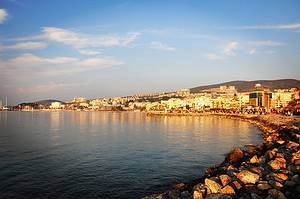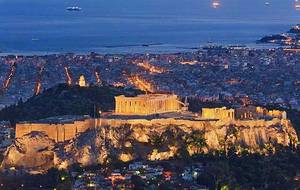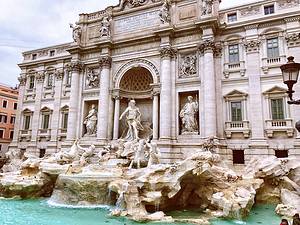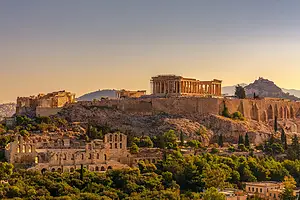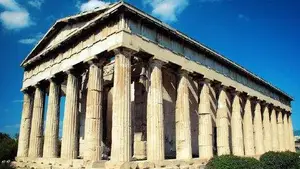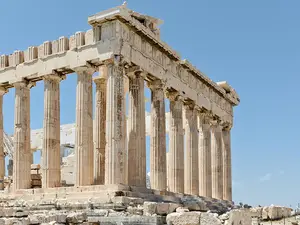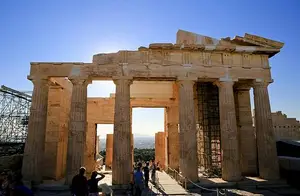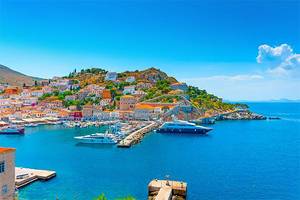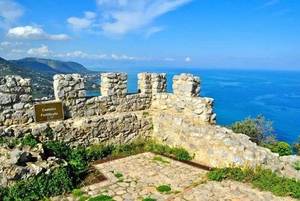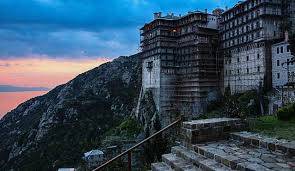Archaeology Site & Museum of Mycenae, A Timeless Journey Through a 3,000-Year-Old Civilization
Sita storage, Fichtiou Mycenae, and Mycenae, Mykines (Mykene), Municipality of Argos Mycenae, Argolis Regional Unit, Peloponnese Region, Peloponnese, West Greece, and Ionian Sea Administration, 21200, Greece
4.4
Introduction
The city of Mycenae, located on the Argolid plain in northeast Peloponnese, Greece, is an important archaeological site of the Mycenaean civilization, situated between Corinth and Argos. It is said to have been the capital city of the Mycenaean Empire built by Perseus and later ruled by Agamemnon. Before its rediscovery by German archaeologist Heinrich Schliemann in the 19th century, the city was believed to exist only in legend. Indeed, during the second millennium BC, Mycenae was one of the most important cities in southern Attica and represented Mycenaean civilization. Prior to the classical period of Greek history, the city was destroyed by (perhaps) the invading Dorians and the palace was abandoned in the 12th century BC. In 468 BC, the Argive army occupied Mycenae and expelled all its inhabitants. In the classical period, traveler Pausanias visited the Mycenae site and recorded memorials such as the Lion Gate which still stands there today. Other famous ruins include the Treasury of Atreus and the Tomb of Agamemnon. Today, Mycenae has become a famous tourist attraction in Greece and is also recognized as a UNESCO World Heritage Site. Address Sita storage, Fichtiou Mycenae, and Mycenae, Mykines (Mykene), Municipality of Argos Mycenae, Argolis Regional Unit, Peloponnese Region, Peloponnese, West Greece, and Ionian Sea Administration, 21200, Greece
Opening hours Winter from November 1st, 2013 to March 31st, 2014 from 08:00 to 15:00.
Transportation The old town of Nafplion has a bus directly to Mycenae, and there are long-distance buses to Athens at the Athens bus station.
 First time seeing the ruins of the Megalithic culture
First time seeing the ruins of the Megalithic culture